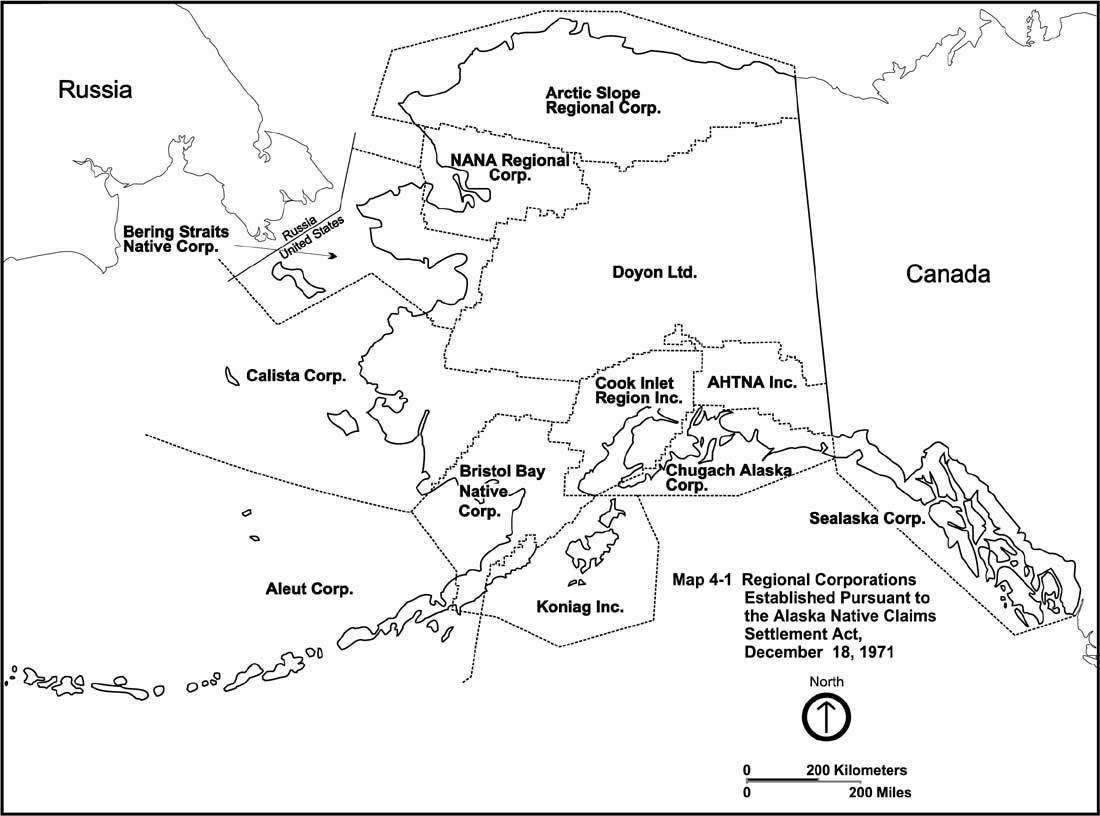|
Cordova Bay
Cordova Bay is a bay in the Alexander Archipelago of southeast Alaska. It opens onto Dixon Entrance to the south, between Cape Muzon on Dall Island and Point Marsh (a group of small islets just off Prince of Wales Island). The name Puerto Cordova y Cordova was given by the Spanish explorer Lieutenant Don Jacinto Caamaño in 1792, in honor of Admiral Luis de Córdova y Córdova. The name was published by George Vancouver in 1798. Cordova Bay is bordered on the west by Dall Island, Long Island, Tlevak Strait, and Sukkwan Island, and on the east by Prince of Wales Island. Cordova Bay extends north and west from its mouth to Lime Point, where it connects with Hetta Inlet. The Coast Survey lists the length as about from a point between the SE corner of Long Island and Dewey Rocks to Lime Point and an average width of about from Ship Islands to Lime Point. Hetta Inlet extends a further north, and then turns east for about . Gould Island almost closes the inlet shortly after it tur ... [...More Info...] [...Related Items...] OR: [Wikipedia] [Google] [Baidu] |
Cordova Bay Locator
Cordova may refer to: Places Former states * Emirate of Cordova (756–929) *Caliphate of Cordova (929–1031) *Taifa of Cordova (1031–1091) Argentina *Córdoba, Argentina, capital of Córdoba Province *Córdoba Province, Argentina Colombia * Córdoba Department Mexico * Córdoba, Veracruz Peru *Córdova District, Huaytará Province Philippines * Cordova, Cebu Spain * Córdoba, Spain, a city in Spain which is called in English as Cordova. * Province of Córdoba (Spain), in Andalusia United States * Cordova, Alabama, a city * Cordova, Alaska, a city * Cordova Bay, Alaska *Cordova Township, Rock Island County, Illinois * Cordova, Illinois, a village in Rock Island County *Cordova, Kentucky, an unincorporated community * Cordova, Maryland, a village *Cordova, Minnesota, an unincorporated community *Cordova Township, Le Sueur County, Minnesota * Cordova, Nebraska, a village * Cordova, New Mexico, an unincorporated community and census-designated place * Cordova, North ... [...More Info...] [...Related Items...] OR: [Wikipedia] [Google] [Baidu] |
Kaigani Strait
Kaigani Strait (also, Kaigahnee, Kaigan, Kaijani) is a waterway in the U.S. state of Alaska, the southern part of the strait between Long Island and Dall Island. The Alaska Native name, as reported by Etolin is 1833, is Kalgan. Kaigani is the narrow passage extending from Dixon Entrance to Tlevak Strait Klawock ( tli, Lawáak) is a city in Prince of Wales–Hyder Census Area, in the U.S. state of Alaska, on the west coast of Prince of Wales Island, on Klawock Inlet, across from Klawock Island. The population was 755 at the 2010 census, down fr ... and separating Long Island from Dall Island. Howkan Narrows is the narrowest part of the passage, with kelp-marked reefs, from American Bay to above Channel Island. The strait is little used except by small craft. The Kaigani Harbors are three indentations in the shore of Dall Island; they are all exposed southeastward. American Bay lies on the southwest side of Kaigani Strait, above Kaigani Point and about southward of Howkan ... [...More Info...] [...Related Items...] OR: [Wikipedia] [Google] [Baidu] |
William Sulzer
William Sulzer (March 18, 1863 – November 6, 1941) was an American lawyer and politician, nicknamed Plain Bill Sulzer. He was the 39th Governor of New York and a long-serving congressman from the same state. Sulzer was the first, and to date only, New York governor to be impeached and the only governor to be convicted on articles of impeachment. He broke with his sponsors at Tammany Hall, and they produced convincing evidence that Sulzer had falsified his sworn statement of campaign expenditures. Personal William Sulzer was born in Elizabeth, New Jersey on March 18, 1863, the son of Lydia (Jelleme), who was Frisian, and Thomas Sulzer, a German immigrant. He was the second in a family of eight children, and his siblings included Charles August Sulzer, who pursued a successful political career in Alaska. He was reared on his family farm and attended the public schools of Elizabeth. At age 12 he left home and sailed as a cabin boy aboard a brig, the ''William H. Thompson.'' H ... [...More Info...] [...Related Items...] OR: [Wikipedia] [Google] [Baidu] |
Prince William Sound
Prince William Sound (Sugpiaq: ''Suungaaciq'') is a sound of the Gulf of Alaska on the south coast of the U.S. state of Alaska. It is located on the east side of the Kenai Peninsula. Its largest port is Valdez, at the southern terminus of the Trans-Alaska Pipeline System. Other settlements on the sound, which contains numerous small islands, include Cordova and Whittier plus the Alaska native villages of Chenega and Tatitlek. History James Cook entered Prince William Sound in 1778 and initially named it Sandwich Sound, after his patron the Earl of Sandwich. Later that year, the Sound was named to honour George III's third son Prince William Henry, then aged 13 and serving as a midshipman in the Royal Navy. In 1790, the Spanish explorer Salvador Fidalgo entered the sound, naming many of its features. Some places in the sound still bear the names given by Fidalgo, as Port Valdez, Port Gravina or Cordova. The explorer landed on the actual site of Cordova and took possession of ... [...More Info...] [...Related Items...] OR: [Wikipedia] [Google] [Baidu] |
Orca Bay, Alaska
Orca Bay is a bay in Prince William Sound, Alaska. Orca Bay is on the north west and west sides of Hawkins Island, extending westward to Johnstone Point of Hinchenbrook Island. Its northwestern corner is demarcated by Knowles Head, between Port Gravina and Fidalgo Bay on the mainland. Its eastern end can be reached from the port of Cordova, Alaska on Orca Inlet. According to the US Board on Geographic Names, Orca Bay was named for the Orca salmon cannery of the Pacific Steam Whaling Company, which operated on the southeast shore of Orca Inlet and in turn was named for that company's ship ''Orca''. Ultimately the name is derived from the orca or killer whale. The bay was named ''Puerto Córdova'' by the Spanish explorer Salvador Fidalgo, in 1790, with the English name “Cordova Bay” marked on charts. It was renamed by the early twentieth century, to avoid confusion with Cordova Bay in Dixon Entrance, at the eastern extreme of the Gulf of Alaska. The United States N ... [...More Info...] [...Related Items...] OR: [Wikipedia] [Google] [Baidu] |
Haida People
Haida (, hai, X̱aayda, , , ) are an indigenous group who have traditionally occupied , an archipelago just off the coast of British Columbia, Canada, for at least 12,500 years. The Haida are known for their craftsmanship, trading skills, and seamanship. They are thought to have frequently carried out raids and to have practised slavery. The Haida have been compared to the Vikings by Diamond Jenness, an early anthropologist at the Canadian Museum of Civilization. In Haida Gwaii, the Haida government consists of a matrix of national and regional hereditary, legislative, and executive bodies including the Hereditary Chiefs Council, the Council of the Haida Nation (CHN), Old Massett Village Council, Skidegate Band Council, and the Secretariat of the Haida Nation. The Kaigani Haida live north of the Canadian and US border which cuts through Dixon Entrance south of Prince of Wales Island ( tli, Taan) in Southeast Alaska, United States; Haida from K'iis Gwaii in the Duu Guusd regi ... [...More Info...] [...Related Items...] OR: [Wikipedia] [Google] [Baidu] |
Hydaburg
Hydaburg ( ) (''Higdáa G̱ándlaay'' in Haida) is a first-class city in the Prince of Wales-Hyder Census Area, in the U.S. state of Alaska. The population was 382 at the 2000 census and 376 as of the 2010 census. The name "Hydaburg" refers to the Haida people. Geography Hydaburg is located at (55.204699, -132.820859). It is the southernmost city on Prince of Wales Island. Hydaburg is located on the north shore of Sukkwan Strait, which connects to Cordova Bay through Hetta Inlet. It has the only port facility and public road access on Cordova Bay. According to the United States Census Bureau, the city has a total area of , all land. History Hydaburg was formed in 1911 by consolidation of the three Haida villages on Cordova Bay. These villages were Howkan on the west coast of Long Island, Sukkwan at the northern end of Sukkwan Island, across Sukkwan Strait from Hydaburg, and Klinkwan on Prince of Wales Island at the mouth of Hunter Bay. The location was chosen beca ... [...More Info...] [...Related Items...] OR: [Wikipedia] [Google] [Baidu] |
South Prince Of Wales Wilderness
The South Prince of Wales Wilderness is a wilderness area on Prince of Wales Island, Alaska, protecting 90,968 acres of undeveloped Pacific temperate rainforest, much of which is old-growth. Managed by the United States Forest Service as part of the Tongass National Forest, the wilderness area was designated in a provision of the 1980 Alaska National Interest Lands Conservation Act The Alaska National Interest Lands Conservation Act (ANILCA) is a United States federal law signed by President Jimmy Carter on December 2, 1980. ANILCA provided varying degrees of special protection to over of land, including national parks, n ....South Prince of Wales Wilderness Wilderness.net This wilderness contains 75 or more islands that range from a few to over 500 acres in size. The South Prince of Wales Wilderness s ... [...More Info...] [...Related Items...] OR: [Wikipedia] [Google] [Baidu] |
Alaska Native Regional Corporations
The Alaska Native Regional Corporations were established in 1971 when the United States Congress passed the Alaska Native Claims Settlement Act (ANCSA) which settled land and financial claims made by the Alaska Natives and provided for the establishment of 13 regional corporations to administer those claims. Associations, regional and village corporations Under ANCSA the state was originally divided into twelve regions, each represented by a "Native association" responsible for the enrollment of past and present residents of the region. Individual Alaska Natives enrolled in these associations, and their village level equivalents, were made shareholder in the Regional and Village Corporations created by the Act. The twelve for-profit regional corporations, and a thirteenth region representing those Alaska Natives who were no longer residents of Alaska in 1971, were awarded the monetary and property compensation created by ANCSA. Village corporations and their shareholders receiv ... [...More Info...] [...Related Items...] OR: [Wikipedia] [Google] [Baidu] |
Tongass National Forest
The Tongass National Forest () in Southeast Alaska is the largest U.S. National Forest at . Most of its area is temperate rain forest and is remote enough to be home to many species of endangered and rare flora and fauna. The Tongass, which is managed by the United States Forest Service, encompasses islands of the Alexander Archipelago, fjords and glaciers, and peaks of the Coast Mountains. An international border with Canada (British Columbia) runs along the crest of the Boundary Ranges of the Coast Mountains. The forest is administered from Forest Service offices in Ketchikan. There are local ranger district offices located in Craig, Hoonah, Juneau, Ketchikan, Petersburg, Sitka, Thorne Bay, Wrangell, and Yakutat. History The Alexander Archipelago Forest Reserve was established by Theodore Roosevelt in a presidential proclamation of 20 August 1902. Another presidential proclamation made by Roosevelt, on 10 September 1907, created the Tongass National Forest. On 1 July ... [...More Info...] [...Related Items...] OR: [Wikipedia] [Google] [Baidu] |



